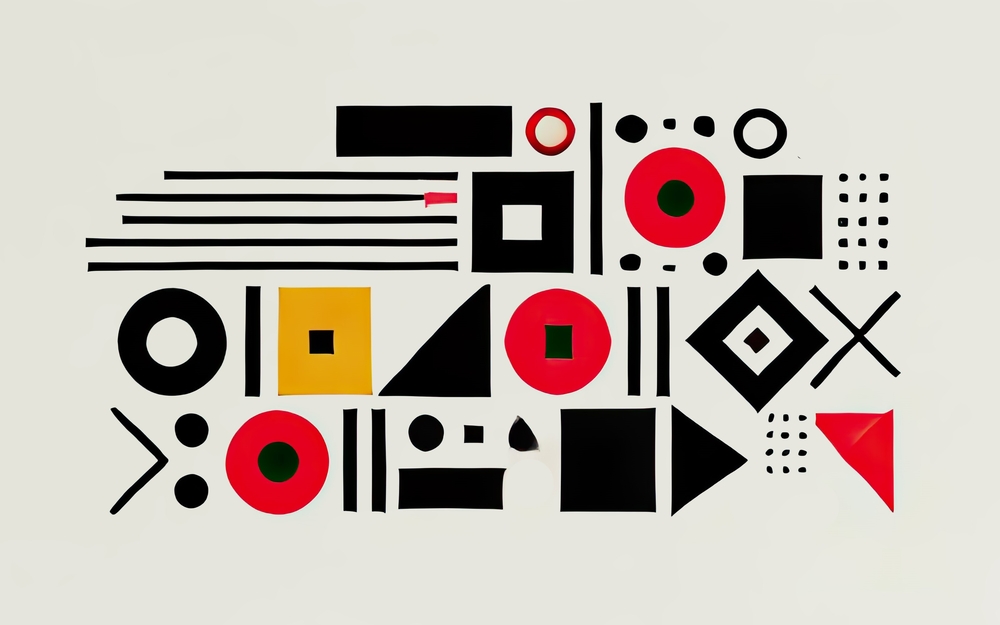
Open Call: SaS Composer Lab
For composers working with audio scores
- Call open till: May 5, 2025
- Duration: May 15, 2025 to May 14, 2026
- First online meeting: May 15, 2025
- Meetings: 4 – 5, appointment by arrangement
- Language: English
- Artist fee: € 3,000
- Production costs: depending on the actual project
- Host: mdw – University of Music and Performing Arts Vienna
This composition lab serves as a platform for creation, interpretation, reflection, and analysis and (1) provides a platform for compositional experimentation with audio scores and their interpretation, (2) provides a space for interrogation into the methods and concepts underlying these audio scores, and (3) offers a forum for analysis and debate around the concept of mimesis as it applies to the perspectives of composers and performers. The aim of the composition lab is to experimentally explore and further develop the generation of audio scores.
- The SaS Composer Lab is part of the project “Sound as Score”
- Project management: Elisabeth Schimana – University of Music and Performing Arts (mdw)/Artistic Research Center (ARC)
- project partners: Susanne Kogler – University of Graz (KFU)/Department of Arts and Musicology and Piotr Majdak – Austrian Academy of Sciences (ÖAW)/Acoustics Research Institute (ARI).
- This research was funded in whole or in part by the Austrian Science Fund (FWF) [grant DOI 10.55776/AR824].
In order to provide a platform for compositional experimentation with audio scores, the laboratory will be set up as a hybrid, process-oriented series of events. Among the incoming responses to the open call, a maximum of six composers will be selected by the research team. Some of the participants may be on site and some online. Each composer will be provided with a small scholarship and access to professional software for remote audio collaboration (developed by our partner Source Elements). In this way, composers will be able to create, debate, and collaborate with each other and select the musicians to interpret their audio scores, no matter where they are located.
Research team SaS Composer Lab:
Elisabeth Schimana, Susanne Kogler, Barbara Neu, and Nicolas Müller-LorenzCollaborating researchers: Margarethe Maierhofer-Lischka and Sandeep Bhagwati
Submission documents:
Artistic CV (max. 1,000 characters)
Description of previous working methods with audio scores (max. 2,000 characters)
Send to: soundscore[at]mdw[dot]ac[dot]at
- Our offers:
- Artist fee for the composers: € 3,000.00
- Production budget including travel costs, musician fees, technical equipment, etc. according to the actual needs of the project Access to Source Elements professional software for remote musical collaboration source-elements.com
- Collaboration with ensemble airborne extended (harp, flute, recorder, and harpsichord) airborneextended.com and Barbara Neu (clarinet) barbaramarianeu.at
- Possibilities for presenting the works developed in the Lab at festivals like Wien Modern (Vienna) and Heroines of Sound (Berlin), among others
- Your obligations:
- Continuous participation in the SaS Composer Lab meetings
- Development of a new composition based on the process of the lab Sharing your experiences with us
The SaS Composer Lab process
As a starting point, the selected composers will meet online and present her/his concepts, methodology, and experiences when working with audio scores. Furthermore, the musicological team will introduce and discuss the concept of mimesis with a focus on Cox’s ‘Characteristics of the Four Perspectives’ (see text box for details) and his definition of music as a landscape that we move through. This first step will be moderated by the collaborating researchers and then recorded and summarized by the musicological team. This process and its outcomes will serve as an inspiration for the composers when creating their new audio scores.
Then all participants will enter into an iterative process of creation and analysis. This consists of two alternating steps.
Step A
The composers will be commissioned to create a new work based on an audio score for a maximum of 6 performers using the concepts discussed in the initial meeting. This is a fluid work in progress according to its self-organized internal schedule. Composers and musicians will be provided with professional software for remote audio collaboration. After a certain amount of time, they will prepare for Step B.
Step B
In hybrid meetings, composers and musicians will present subsections of their ongoing collaboration in creating an audio score. At each meeting two of the six composers together with the musicians will present partial results of their experimental settings. Based on Cox’s classification (see text box for details), the participants will discuss to what extent internal and external, active and passive dimensions of mimetic behavior are relevant and how these dimensions intermingle in the respective settings. From the perspective of the reception aesthetic (i.e. the listener), we will ask to what extent musical spatial designs and sound movements in various settings (i.e. different musical landscapes) determine the physical presence and posture of the performers and listeners. Can we observe mimetic behavior? If yes, to what extent does this influence the aesthetic impact of the music on listeners? Each of the members of the research team will lead at least one of the Step B meetings.
After this step, composers and performers return again to Step A.
Final outcome
This hybrid meeting will serve as an internal presentation forum. Composers will present the methods and concepts of their new compositions, performers will perform the audio scores, and musicologists will present their conclusions as papers. This final meeting will be moderated by the collaborating researchers.